Home>Furniture & Design>Outdoor Furniture>How Do You Know If An Extension Cord Is For Outdoor Use
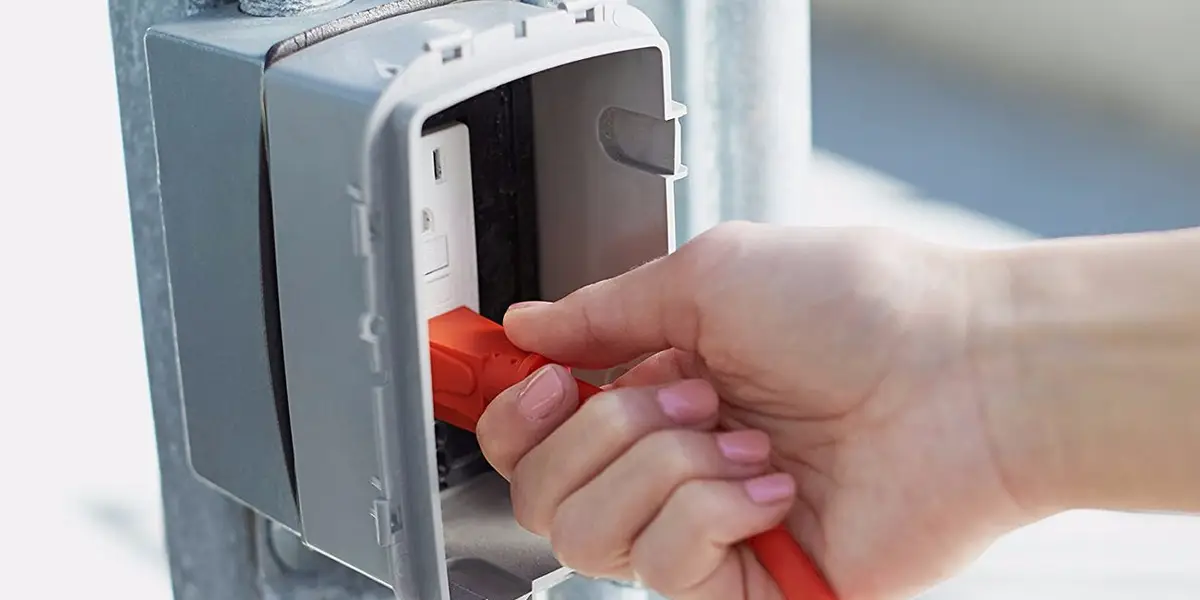

Outdoor Furniture
How Do You Know If An Extension Cord Is For Outdoor Use
Modified: January 22, 2024
Find out how to determine if an extension cord is suitable for outdoor use. Ensure safety for your outdoor furniture and design projects.
(Many of the links in this article redirect to a specific reviewed product. Your purchase of these products through affiliate links helps to generate commission for Storables.com, at no extra cost. Learn more)
Introduction
When it comes to enjoying the great outdoors, whether it’s hosting a backyard barbecue, setting up festive lighting for a special occasion, or simply tending to your garden with power tools, having the right extension cord is crucial. The last thing you want is to compromise safety or performance by using an indoor extension cord for outdoor activities. So, how do you know if an extension cord is suitable for outdoor use? Understanding the key differences between outdoor and indoor extension cords, as well as the factors to consider when selecting the right one, is essential for ensuring a seamless and safe outdoor experience.
In this comprehensive guide, we’ll delve into the intricacies of outdoor extension cords, providing valuable insights into what sets them apart from their indoor counterparts. We’ll explore the crucial factors to consider when choosing an outdoor extension cord and offer practical tips for inspecting its suitability and safety. By the end of this journey, you’ll be equipped with the knowledge to confidently identify an outdoor extension cord that meets your specific needs, ensuring that your outdoor endeavors are powered with efficiency and safety.
Key Takeaways:
- Choose outdoor extension cords based on length, weather resistance, and power rating to ensure safety and reliability for outdoor activities like barbecues and gardening.
- Regularly inspect outdoor extension cords for damage to maintain safety and reliability, ensuring a secure power supply for outdoor electrical devices and appliances.
Understanding Outdoor vs. Indoor Extension Cords
Extension cords are indispensable tools for powering electrical devices and appliances beyond the reach of standard power outlets. However, using the wrong type of extension cord for a specific setting can pose significant safety risks. When distinguishing between outdoor and indoor extension cords, several crucial differences come into play.
Outdoor extension cords are specifically designed to withstand a wide range of environmental factors, including moisture, UV exposure, and temperature variations. These cords are constructed with durable materials that offer enhanced resistance to abrasion and damage from outdoor elements. In contrast, indoor extension cords are tailored for indoor use, where they are shielded from the harsh conditions that outdoor cords are built to endure.
One of the key disparities between outdoor and indoor extension cords lies in their insulation. Outdoor cords are insulated with materials that provide robust protection against moisture and temperature fluctuations, ensuring that they remain reliable and safe in outdoor environments. In contrast, indoor extension cords are designed with insulation that prioritizes flexibility and ease of handling, as they are not exposed to the same environmental challenges as their outdoor counterparts.
Another critical distinction is the plug and socket design. Outdoor extension cords are equipped with plugs and sockets that are engineered to prevent moisture and debris from infiltrating the electrical connections. These features are crucial for maintaining a secure and reliable power supply in outdoor settings. Indoor extension cords, on the other hand, may not feature the same level of protection, as they are typically used in controlled indoor environments where exposure to moisture and debris is minimal.
Understanding these disparities is essential for making informed decisions when selecting the right extension cord for your specific needs. By recognizing the unique attributes of outdoor and indoor extension cords, you can ensure that your electrical devices and appliances receive the appropriate power supply while mitigating potential safety hazards.
Factors to Consider for Outdoor Extension Cords
When it comes to choosing the right outdoor extension cord, several crucial factors should guide your decision-making process. By carefully considering these elements, you can ensure that the selected cord is well-suited for outdoor use, providing the necessary power supply while prioritizing safety and durability.
- Length and Gauge: The length and gauge of the extension cord are pivotal considerations. Longer cords with lower gauges are suitable for powering high-demand devices over extended distances, while shorter cords with higher gauges are ideal for lighter applications. Understanding the power requirements and the distance between the power source and the intended outdoor area will help determine the appropriate length and gauge for the extension cord.
- Weather Resistance: Given the exposure to outdoor elements, it’s imperative to choose an extension cord with robust weather resistance. Look for cords that are specifically designed to withstand moisture, UV exposure, and temperature variations. Weather-resistant materials and construction ensure that the cord remains reliable and safe in diverse outdoor conditions.
- Plug and Socket Protection: The design of the plugs and sockets plays a critical role in safeguarding the electrical connections from moisture and debris. Opt for outdoor extension cords with reinforced plugs and sockets that provide enhanced protection against environmental elements, ensuring a secure and dependable power supply.
- Power Rating: Understanding the power requirements of the connected devices is essential for selecting an outdoor extension cord with the appropriate power rating. Ensure that the cord’s power capacity aligns with the demands of the devices or appliances it will be powering, preventing potential overheating or electrical hazards.
- Durability and Flexibility: Outdoor extension cords should exhibit exceptional durability and flexibility to withstand the rigors of outdoor use. Durable insulation, robust outer jackets, and flexible materials contribute to the cord’s longevity and ease of handling, making it well-equipped to endure outdoor conditions and frequent use.
By carefully evaluating these factors, you can make an informed decision when choosing an outdoor extension cord that aligns with your specific requirements. Prioritizing weather resistance, power capacity, and durability ensures that the selected cord delivers reliable and safe power distribution in various outdoor scenarios, empowering you to engage in outdoor activities with confidence and convenience.
Look for the “W” letter on the cord’s label, which indicates it is suitable for outdoor use. Also, check for the “SJTW” or “SJOW” rating for extra durability.
Checking the Cord’s Rating
Before utilizing an extension cord for outdoor applications, it’s essential to assess its rating to ensure that it aligns with the intended usage and power requirements. Understanding the cord’s rating empowers you to make informed decisions regarding its suitability for outdoor use, mitigating potential safety hazards and performance issues.
The rating of an extension cord encompasses several key aspects that warrant attention:
- Gauge: The gauge of an extension cord indicates the thickness of its conducting wires. Lower gauge numbers signify thicker wires, capable of handling higher electrical currents over longer distances. For outdoor use, especially when powering heavy-duty tools or appliances, a lower gauge cord is generally recommended to minimize voltage drop and ensure efficient power delivery.
- Amperage Rating: Understanding the amperage rating of an extension cord is crucial for preventing overloading and potential overheating. The amperage rating denotes the maximum current that the cord can safely carry. It’s imperative to match the amperage rating of the cord with the requirements of the connected devices or appliances to maintain safe and optimal operation.
- Wattage Capacity: The wattage capacity of an extension cord indicates the maximum power it can handle without exceeding its limits. By assessing the wattage requirements of the devices or appliances being powered, you can select a cord with a suitable wattage capacity, preventing electrical overload and safeguarding the connected equipment.
- Weather Resistance Rating: Outdoor extension cords are designed with varying degrees of weather resistance. Assessing the weather resistance rating ensures that the cord can withstand exposure to moisture, UV radiation, and temperature differentials without compromising its safety and performance. Look for cords with robust weather-resistant features to ensure longevity and reliability in outdoor environments.
Inspecting and understanding these rating parameters equips you with the knowledge to select an outdoor extension cord that aligns with your specific power requirements and environmental conditions. By ensuring that the cord’s gauge, amperage rating, wattage capacity, and weather resistance rating are suitable for outdoor use, you can harness the power of your electrical devices and appliances with confidence, knowing that safety and performance are prioritized.
Inspecting the Cord for Damage
Prior to deploying an extension cord for outdoor use, conducting a thorough inspection for signs of damage is essential for ensuring safety and optimal performance. Exposure to outdoor elements and regular use can subject extension cords to wear and tear, potentially compromising their integrity and electrical safety. By meticulously examining the cord for any indications of damage, you can preemptively address potential hazards and maintain a secure power supply for your outdoor activities.
Here are key areas to focus on during the inspection:
- Outer Jacket: Carefully inspect the outer jacket of the cord for cuts, abrasions, or punctures. Damage to the outer insulation can expose the internal wiring to moisture and physical stress, posing significant safety risks. If any signs of damage are detected, it’s crucial to retire the cord from outdoor use and replace it with a new, undamaged one.
- Plugs and Sockets: Examine the plugs and sockets for any signs of wear, corrosion, or loose connections. Damaged or corroded electrical connections can lead to intermittent power supply, electrical arcing, and potential hazards. Ensure that the plugs and sockets are clean, firmly connected, and free from any visible damage.
- Internal Wiring: While it may not be feasible to visually inspect the internal wiring of the cord, any noticeable bulges, kinks, or irregularities along its length may indicate compromised internal integrity. Such deformities can suggest damage to the conductors or insulation, necessitating immediate retirement of the cord from outdoor use.
- Weather Resistance Features: Verify the integrity of the cord’s weather-resistant features, such as moisture-resistant insulation and UV protection. Any deterioration of these protective elements can render the cord susceptible to environmental damage, compromising its longevity and safety in outdoor settings.
By diligently inspecting the extension cord for damage and irregularities, you can proactively address potential safety concerns and ensure that the cord remains reliable and safe for outdoor use. Regular inspections, combined with proper storage and handling practices, contribute to the longevity and performance of the cord, enabling you to power your outdoor endeavors with confidence and peace of mind.
Read more: How Do You Roll Up An Extension Cord
Conclusion
Choosing the right extension cord for outdoor use is a critical aspect of ensuring the safety, reliability, and performance of your outdoor electrical activities. By understanding the disparities between outdoor and indoor extension cords, as well as the essential factors to consider when selecting an outdoor cord, you can make informed decisions that align with your specific power requirements and environmental conditions.
When assessing outdoor extension cords, factors such as length and gauge, weather resistance, plug and socket protection, power rating, and durability play pivotal roles in determining the cord’s suitability for outdoor use. Prioritizing these factors empowers you to select a cord that delivers dependable power distribution while withstanding the rigors of outdoor environments.
Furthermore, understanding the rating of an extension cord, including its gauge, amperage rating, wattage capacity, and weather resistance rating, is crucial for ensuring that the cord aligns with your specific outdoor power needs. By meticulously inspecting the cord for signs of damage and wear, you can preemptively address potential safety hazards and maintain a secure power supply for your outdoor activities.
Ultimately, the careful consideration of these aspects empowers you to confidently identify and utilize outdoor extension cords that are well-equipped to meet the demands of diverse outdoor settings, from garden maintenance to festive lighting and beyond. By prioritizing safety, durability, and weather resistance, you can harness the power of your outdoor electrical devices and appliances with peace of mind, knowing that your extension cord is optimized for outdoor use.
Armed with this knowledge, you can embark on your outdoor endeavors with confidence, knowing that your power supply is reliable and safe, allowing you to fully immerse yourself in the enjoyment of outdoor activities while prioritizing safety and performance.
Frequently Asked Questions about How Do You Know If An Extension Cord Is For Outdoor Use
Was this page helpful?
At Storables.com, we guarantee accurate and reliable information. Our content, validated by Expert Board Contributors, is crafted following stringent Editorial Policies. We're committed to providing you with well-researched, expert-backed insights for all your informational needs.
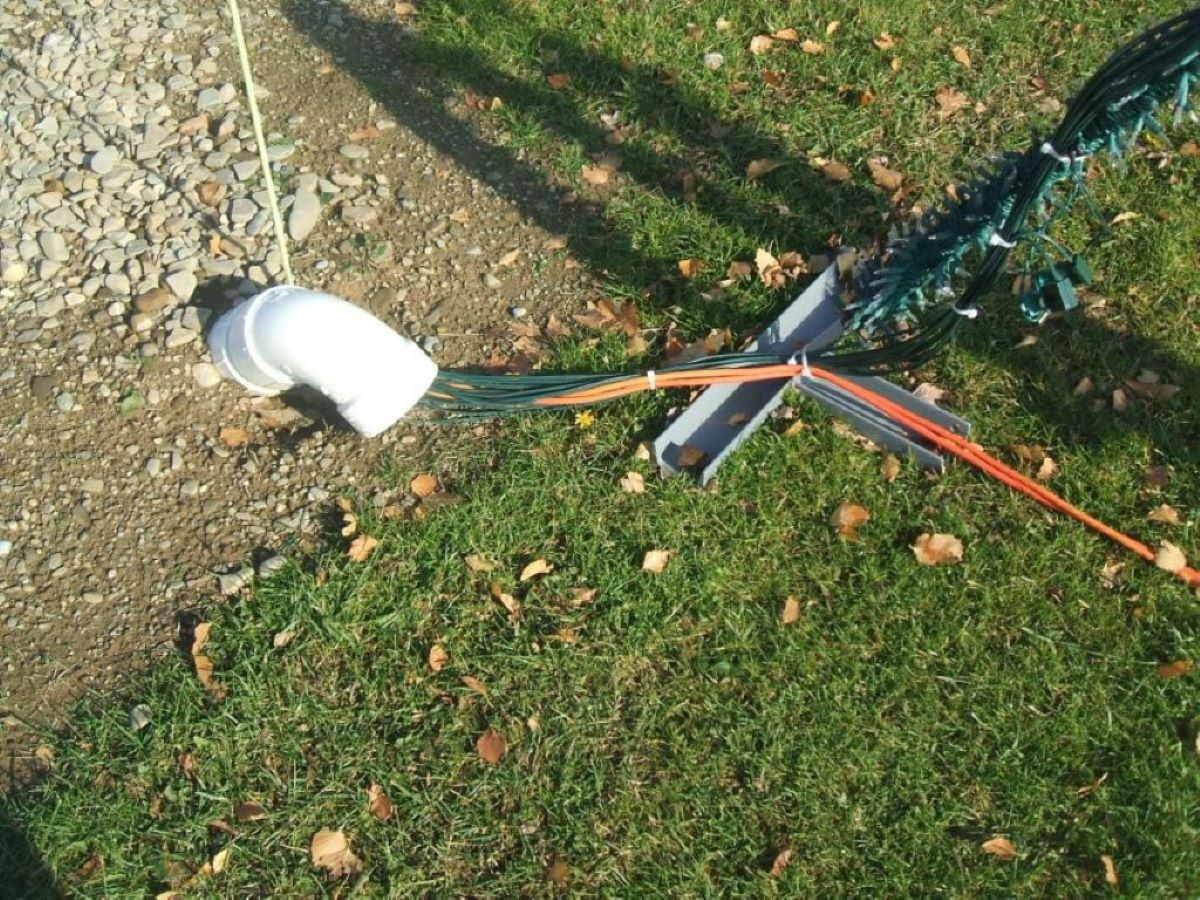
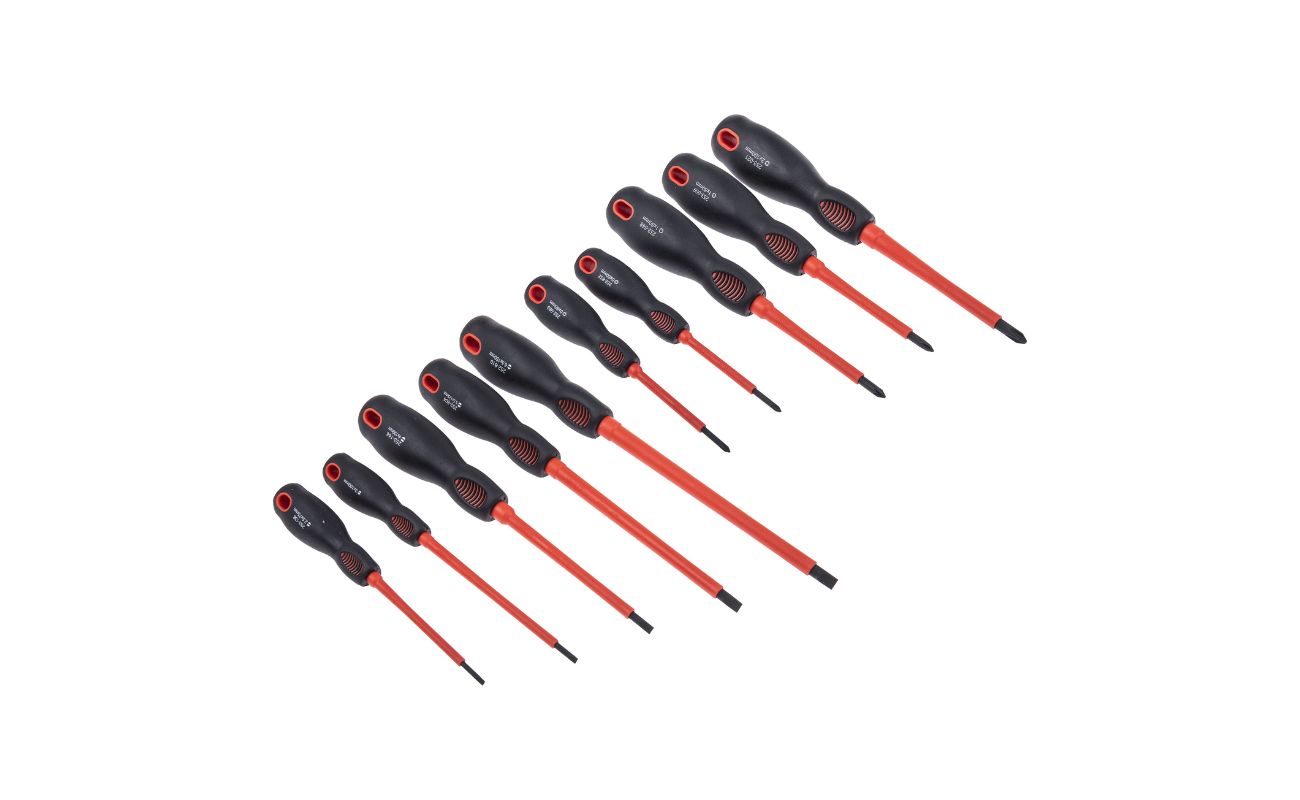
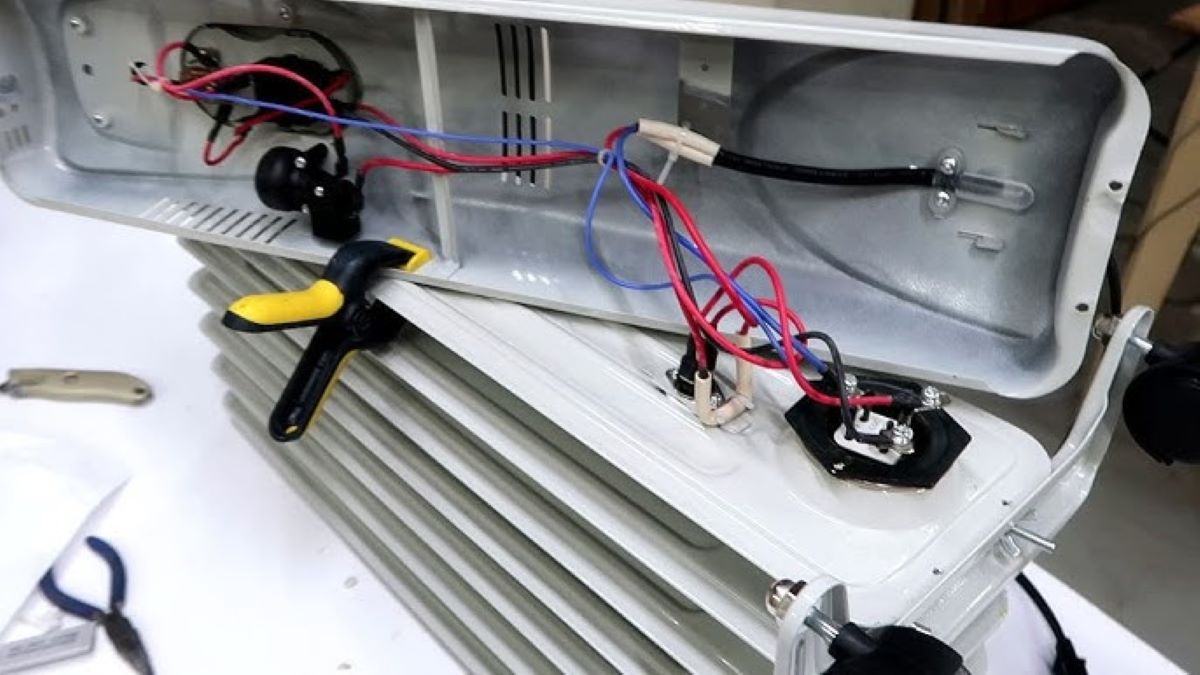
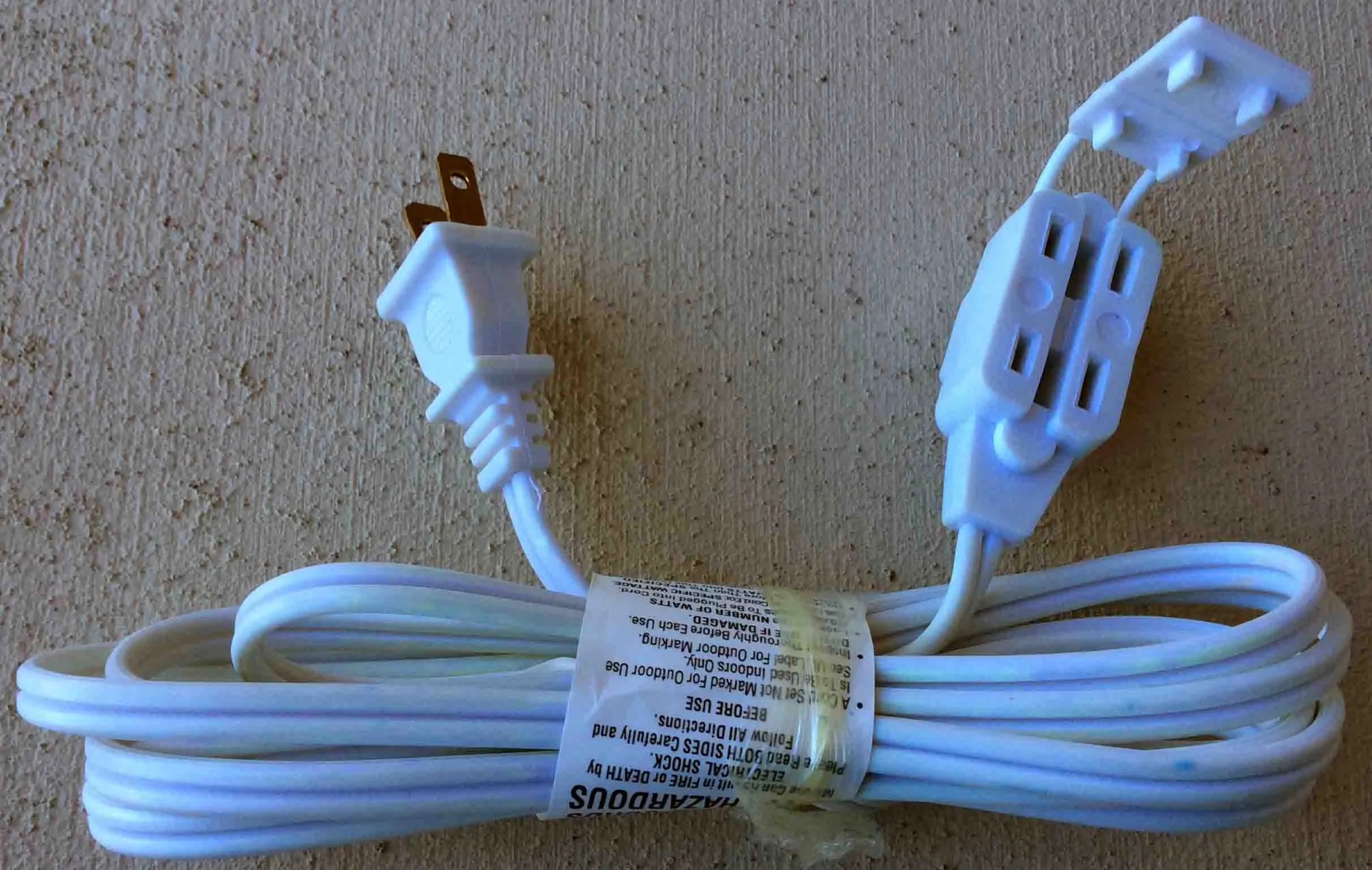
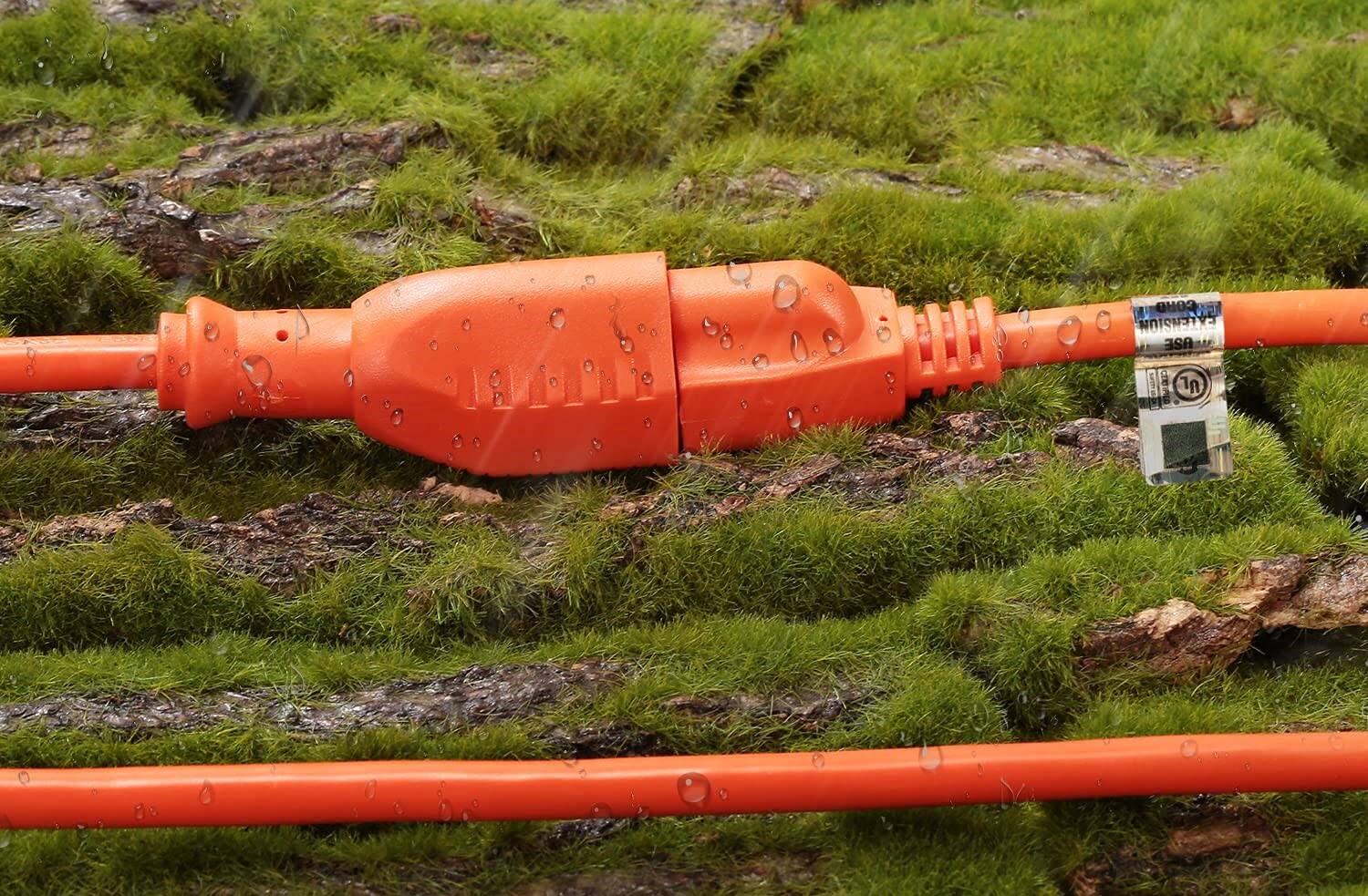
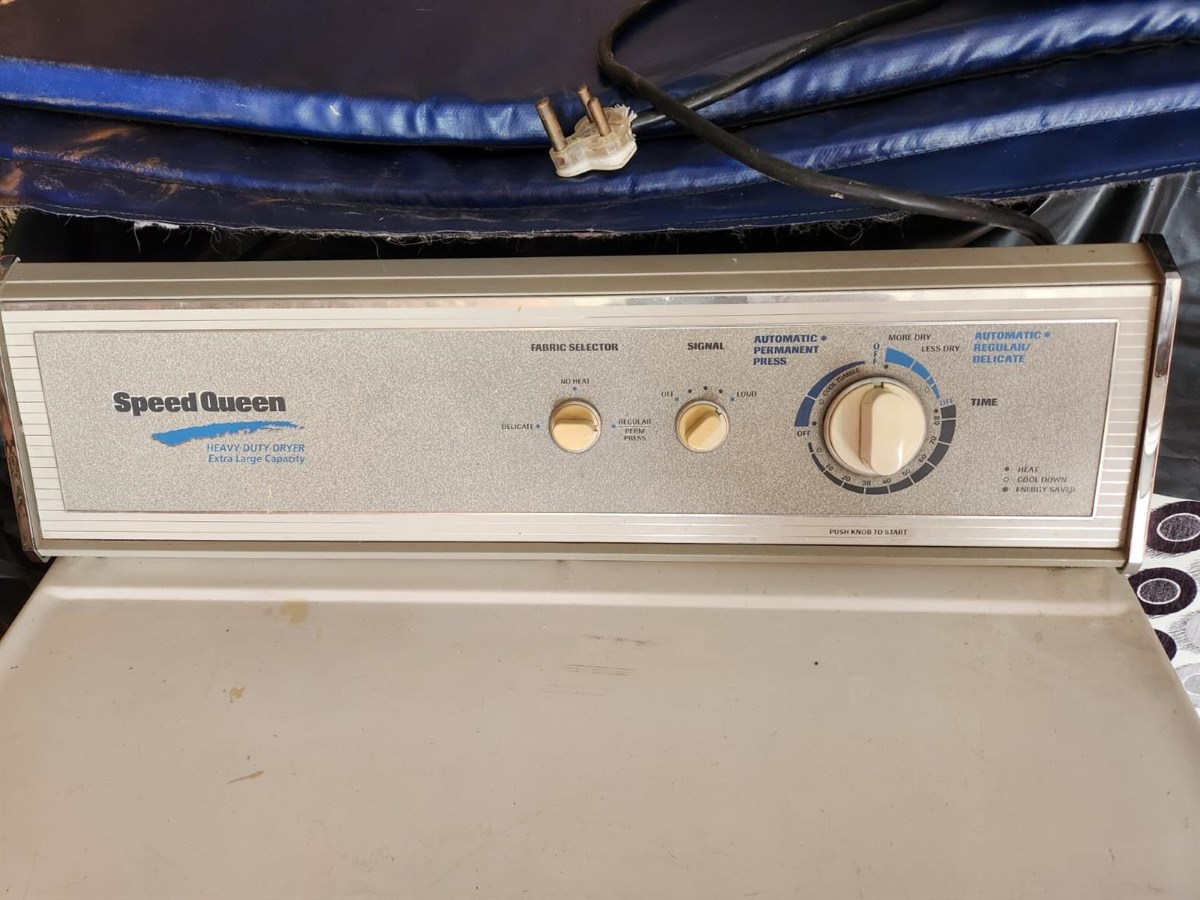
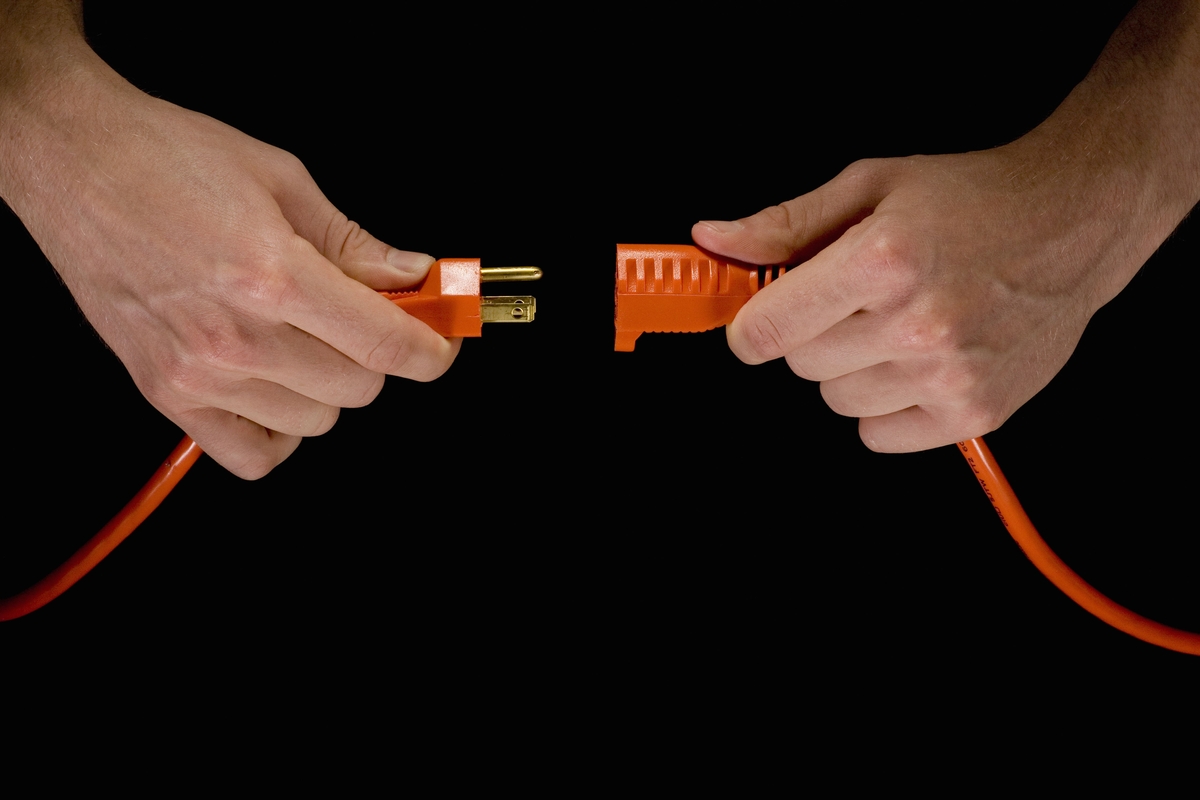
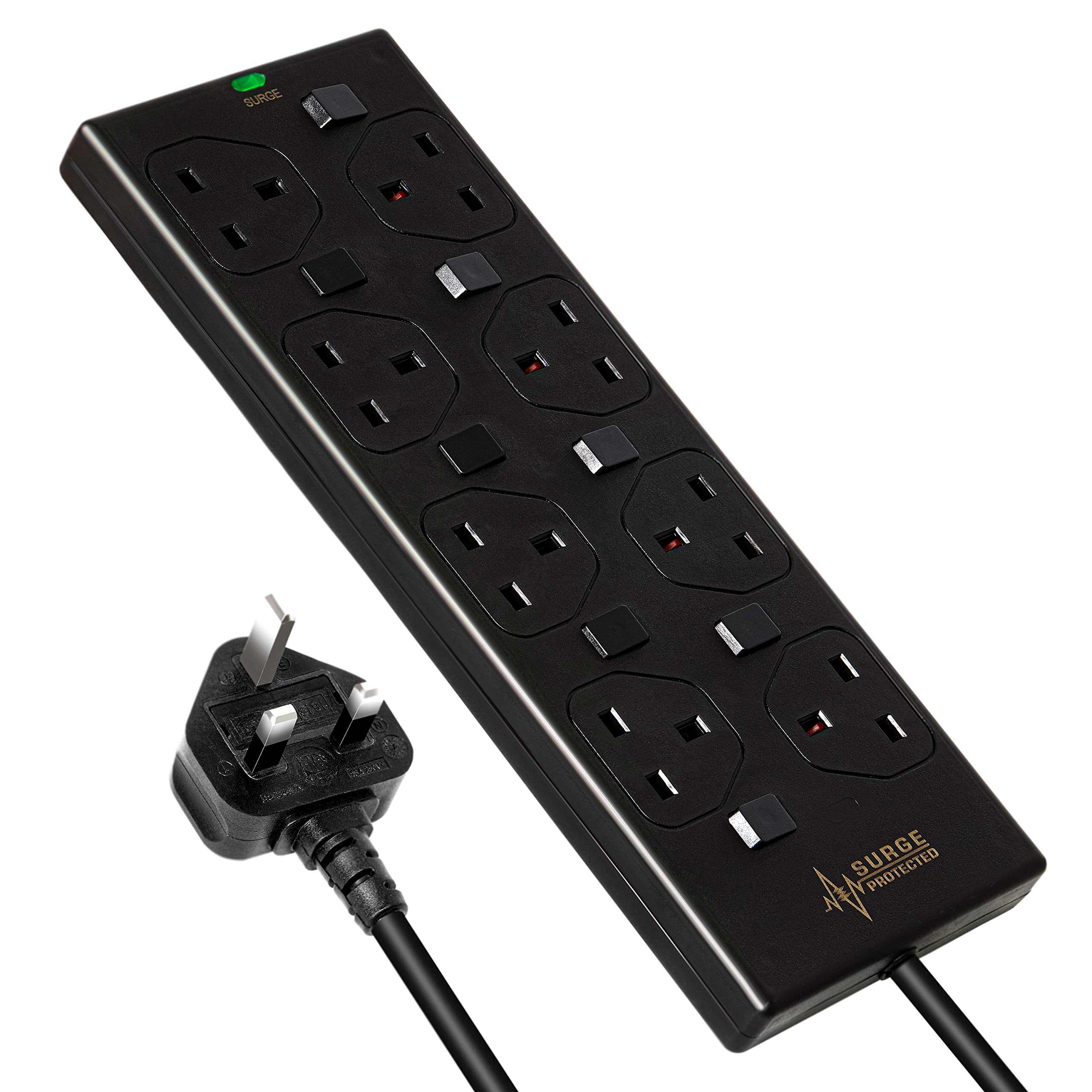
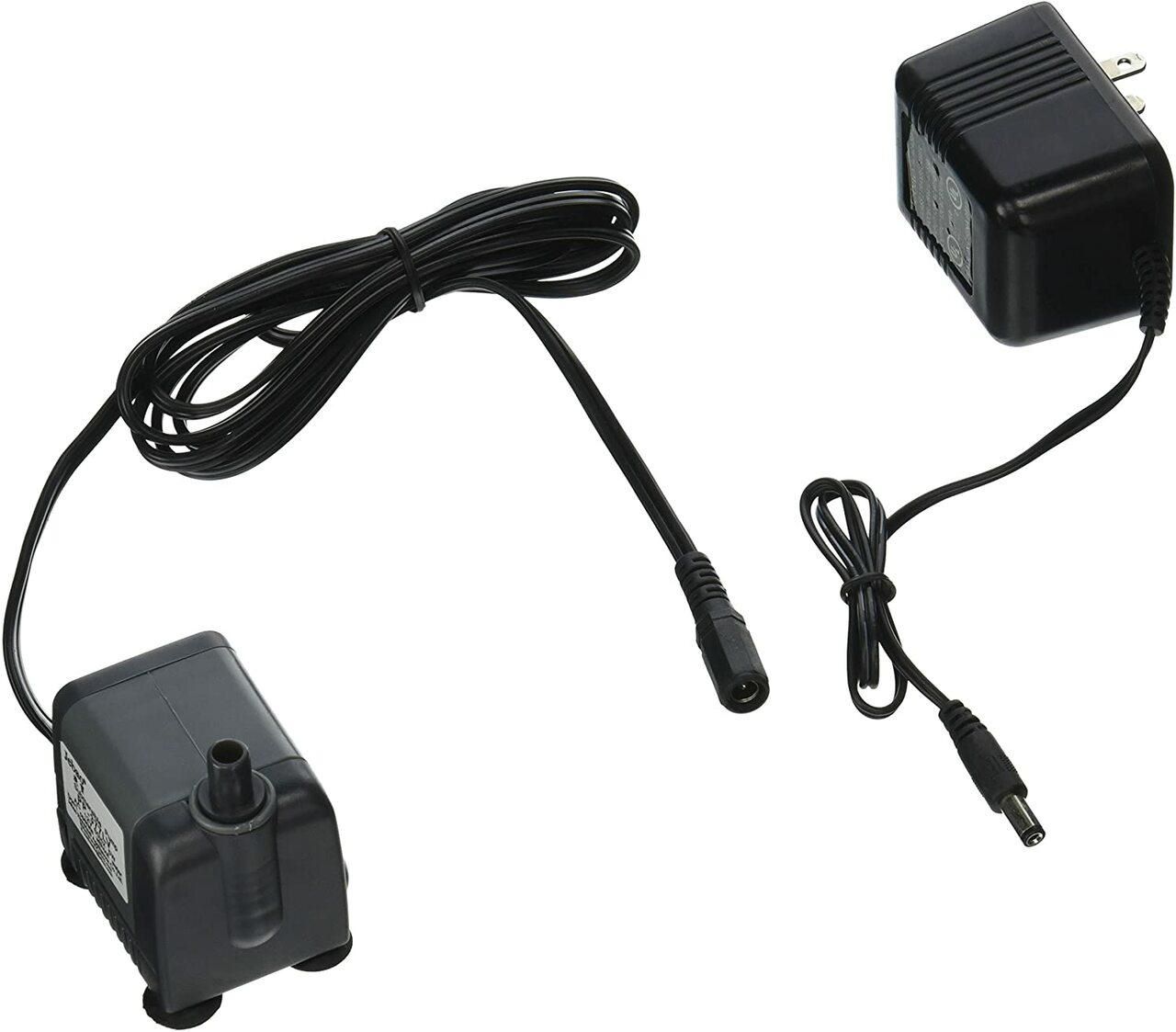
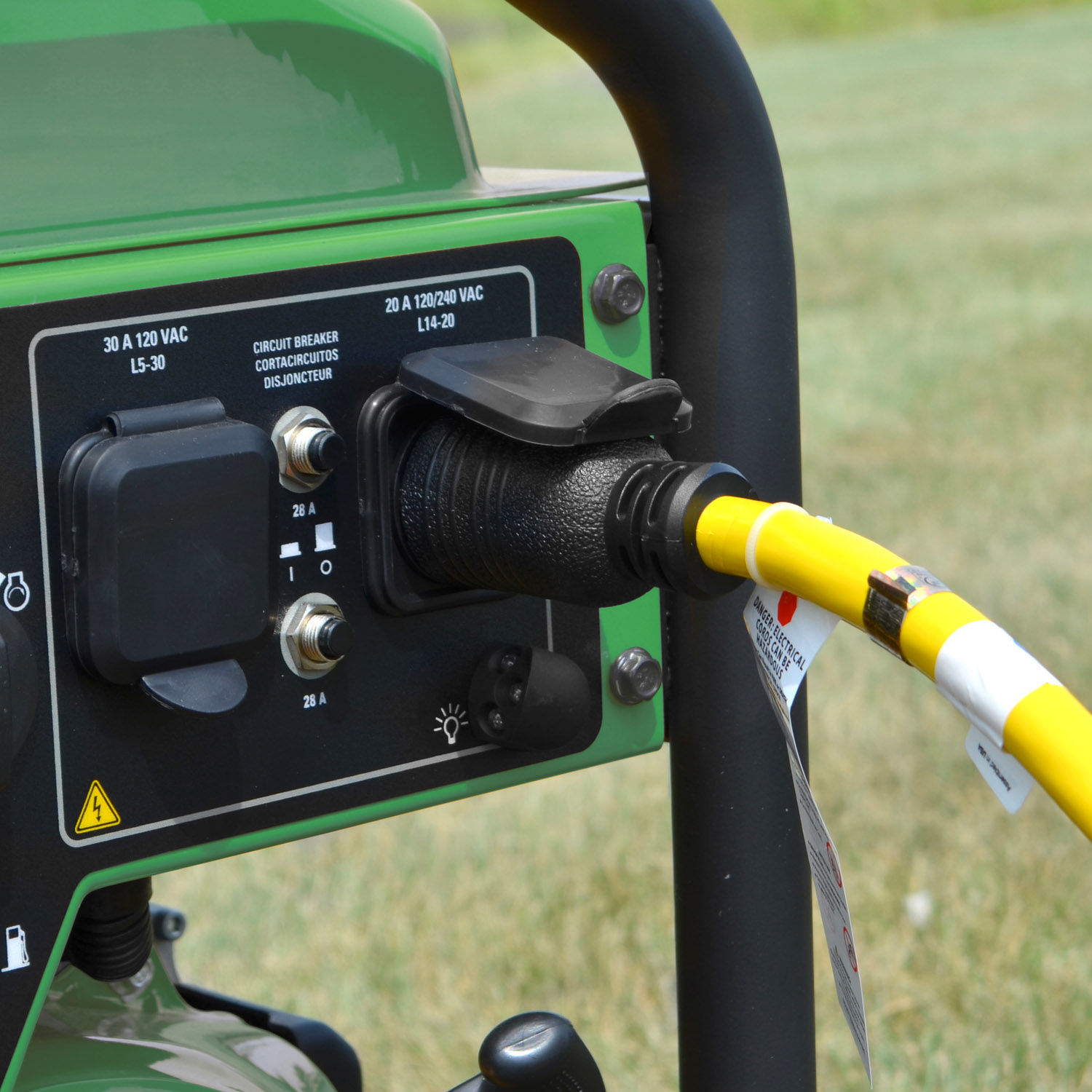
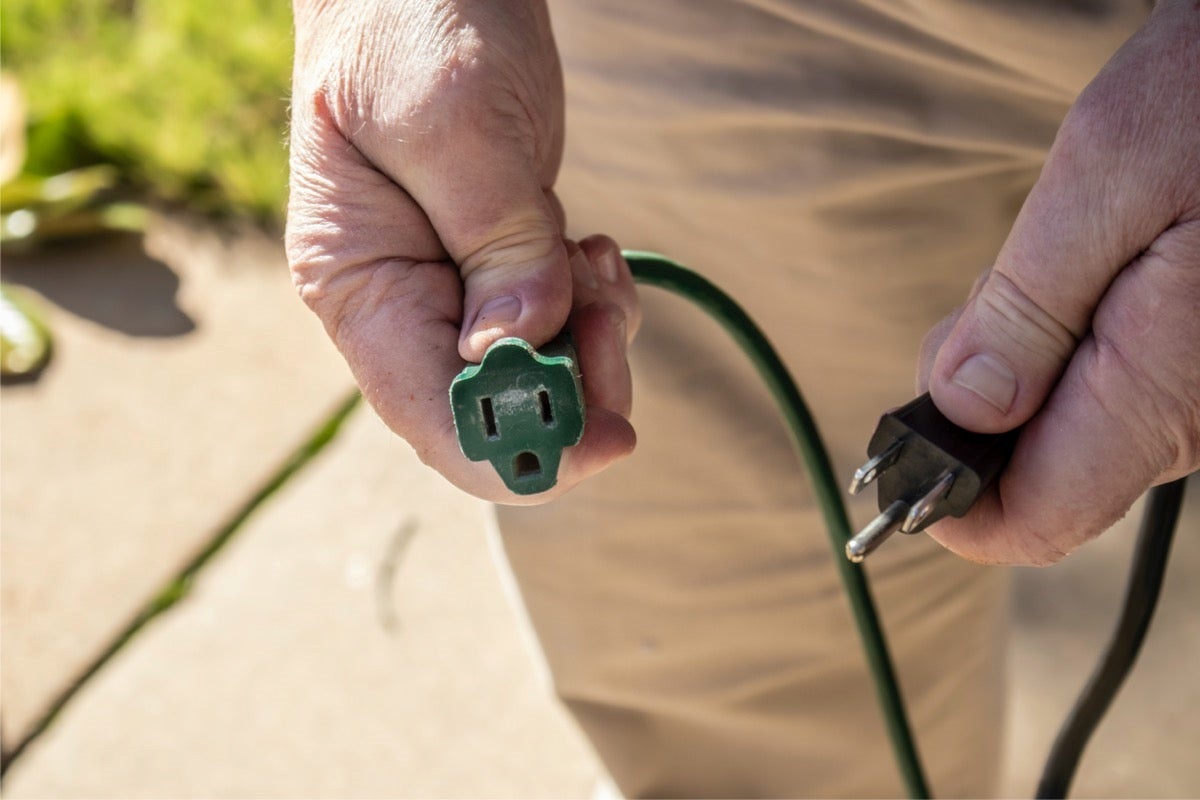
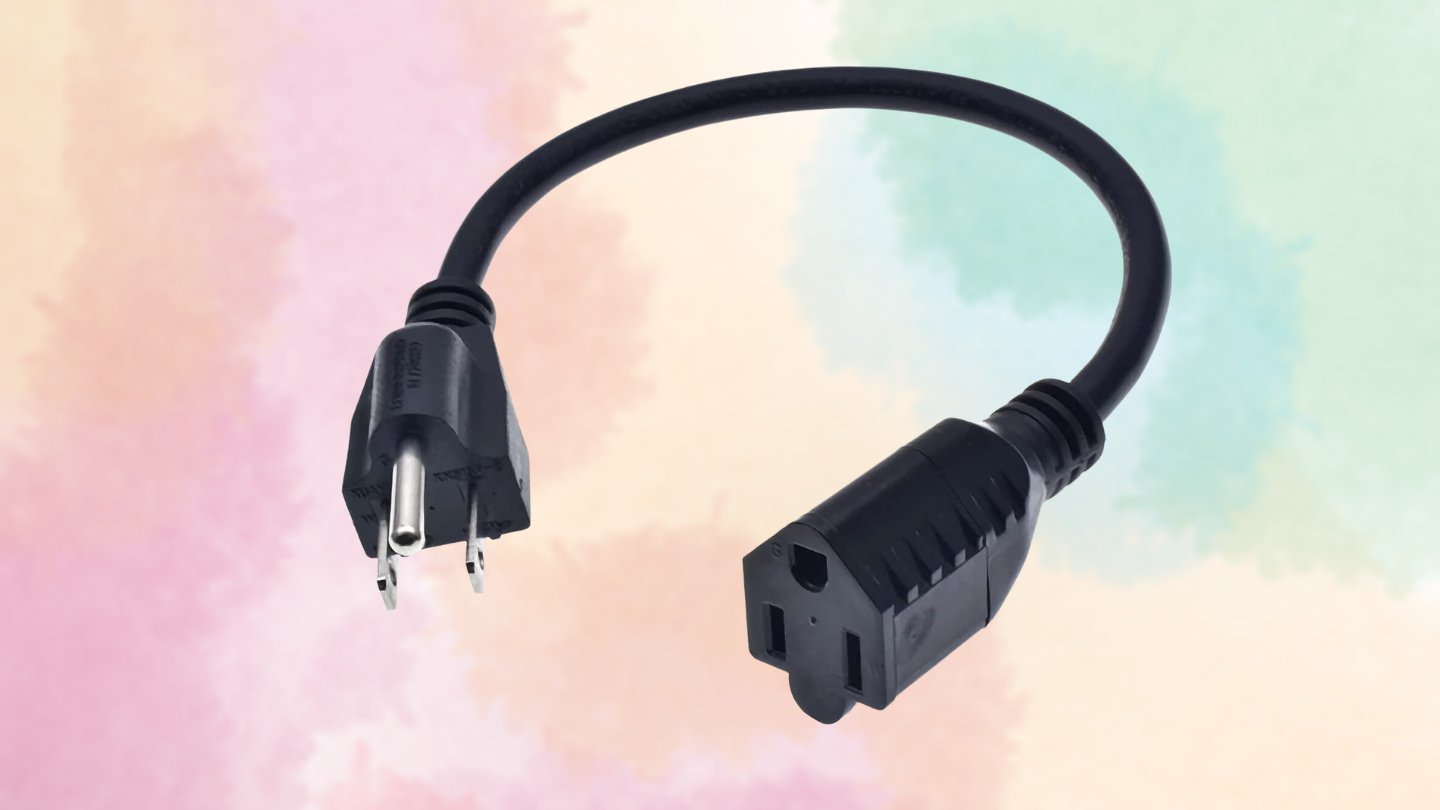
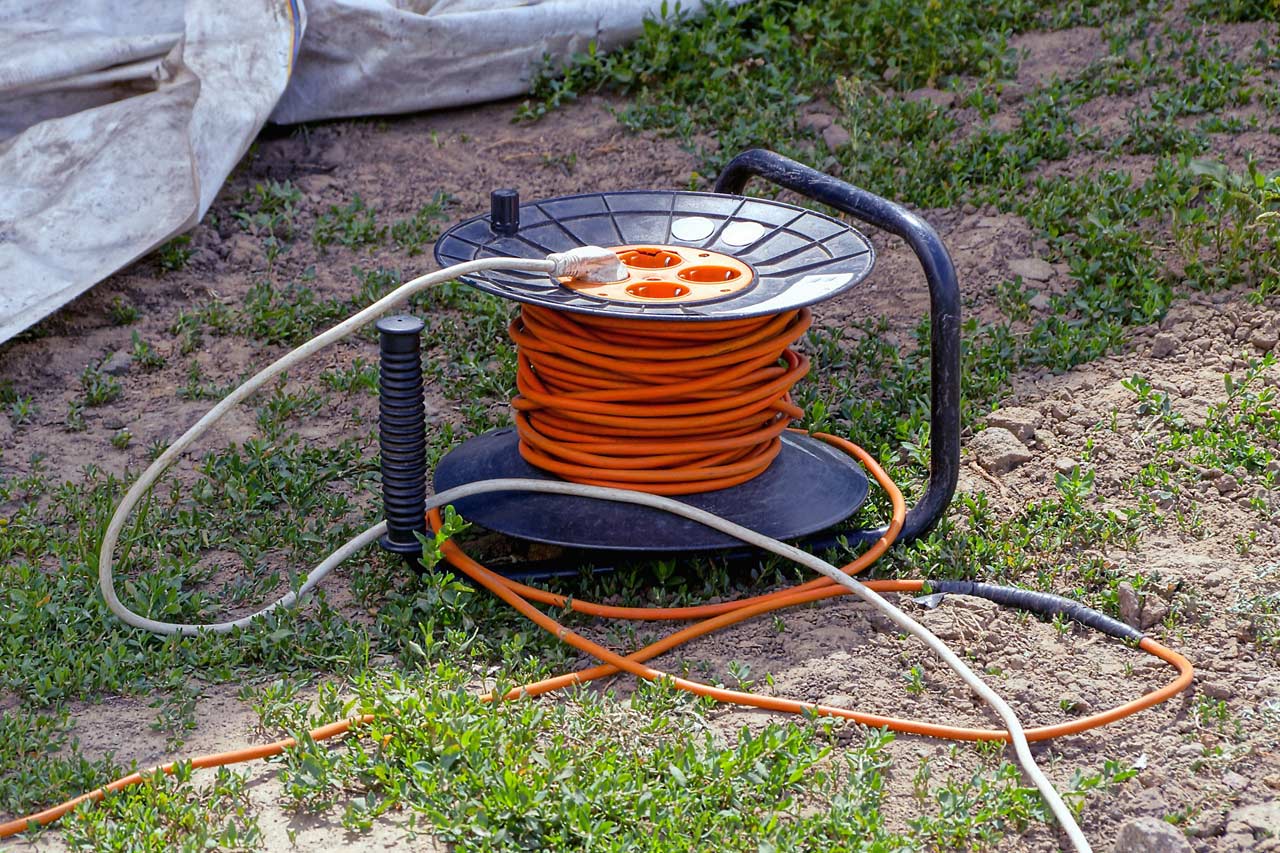
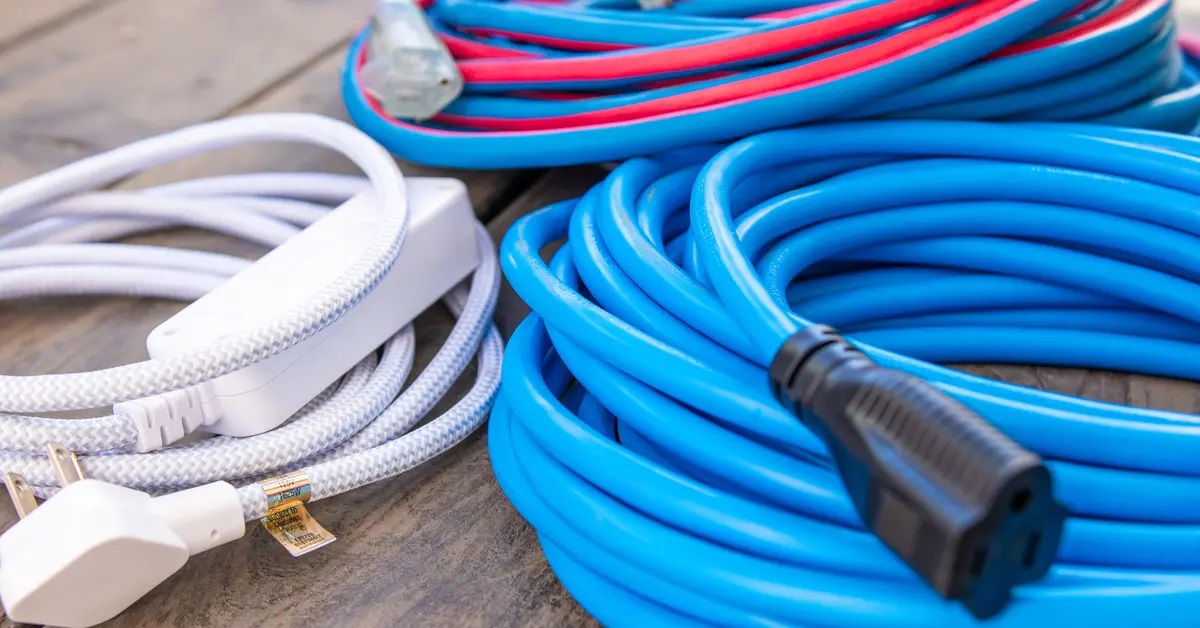

0 thoughts on “How Do You Know If An Extension Cord Is For Outdoor Use”